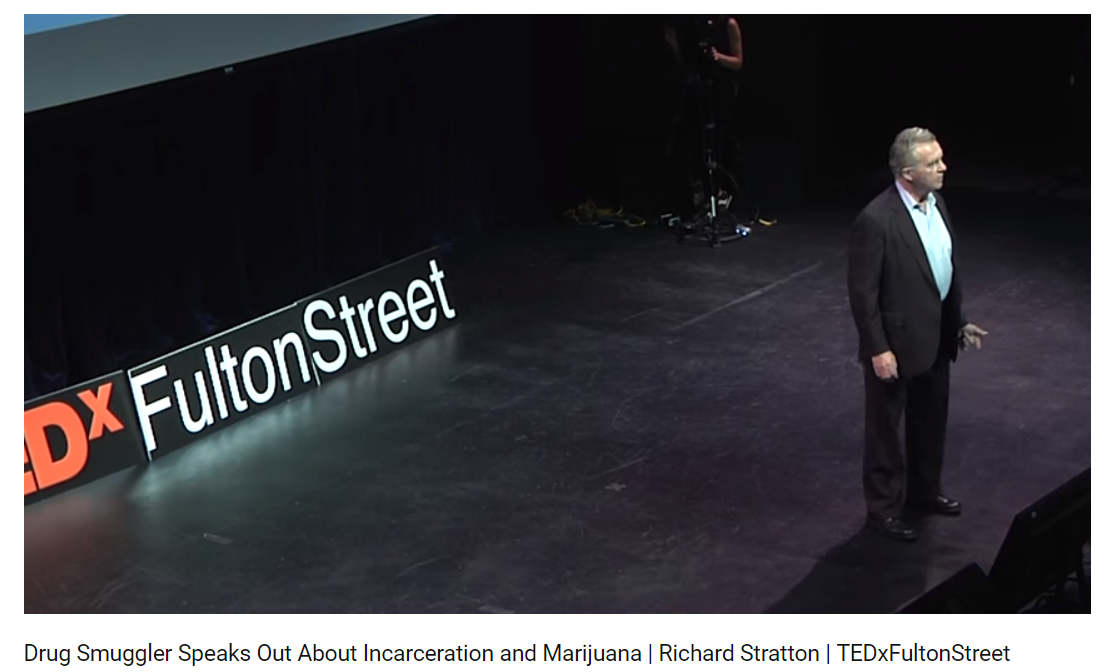- Aggravating and mitigating factors
- Sentencing options relating to organized crime
- Alternatives to imprisonment
- The death penalty and organized crime
- Backgrounds of convicted offenders
- Confiscation
- Confiscation in practice: responding to the movement of criminal assets
- Summary
- References
Published in May 2018
Regional Perspective: Pacific Islands Region - added in November 2019
Regional Perspective: Eastern and Southern Africa - added in April 2020
This module is a resource for lecturers
Possible class structure
This section contains recommendations for a teaching sequence and timing intended to achieve learning outcomes through a three-hour class. The lecturer may wish to disregard or shorten some of the segments below in order to give more time to other elements, including introduction, icebreakers, conclusion or short breaks. The structure could also be adapted for shorter or longer classes, given that the class durations vary across countries.
- (In-class) Ice-breaker (10-15 minutes): Watch a TED talk video in class: "Drug Smuggler Speaks out about Incarceration and Marijuana (Richard Stratton) TEDxFultonStreet". After the video, discuss the punishment approach in the case and related mitigating and aggravating circumstances. Why did Stratton claim that his sentence was vastly disproportionate to sentences generally imposed in cannabis-related offences? What is recommended in the talk as one of the solutions to incarceration?
-
Related court files:
- Give a brief lecture about sentencing and confiscation in organized crime cases (40 minutes).
- Use some discussion questions (provided in the Module) to generate a debate about sentencing and confiscation in organized crime case (20-25 minutes).
- Break (10 minutes)
- Administer and evaluate Quiz 10 (45 minutes): Give students 15 minutes to take the quiz (sample questions are provided in the assessment section of the Module). Students can work in pairs to grade the quiz. They exchange quizzes and grade each other's results. Instructor asks individual students to read questions and discuss possible answers. This activity is expected to help students analyse the mistakes and learn from interaction with each other.
- Assign one of the research and independent study assignments (provided in the Module) as homework for the next class.
